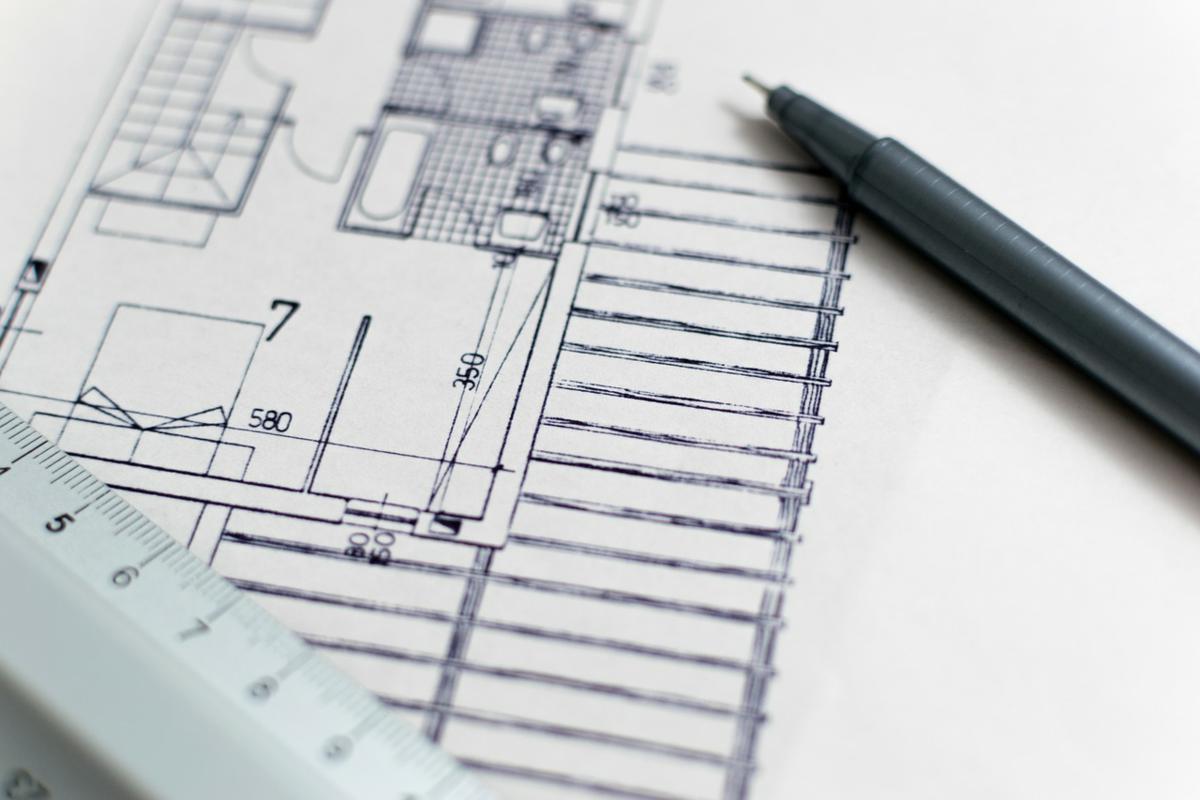The Basic Principles Of Janjic Architecture
The Basic Principles Of Janjic Architecture
Blog Article
Things about Janjic Architecture
Table of Contents9 Easy Facts About Janjic Architecture ExplainedOur Janjic Architecture IdeasSome Known Incorrect Statements About Janjic Architecture Janjic Architecture - An Overview
Designers are professionals who develop buildings and other frameworks, guaranteeing they are both functional and visually pleasing. They are accountable for developing spaces that fulfill the needs of individuals who use them while likewise considering safety, sustainability, and conformity with structure laws. Architects take right into account security, use, ecological influence, power performance, and neighborhood zoning regulations while creating styles for various kinds of structures, consisting of residential, business, public buildings, and also specialized structures like hospitals and institutions.
Architects do much even more than design aesthetically pleasing structures. An engineer's certain duties transform from task to project, yet common tasks include:: Developing structure ideas and layouts, consisting of theoretical sketches, 3D models, and makings to imagine the final product.: Preparing comprehensive drawings and strategies making use of sophisticated software such as AutoCAD, Revit, SketchUp, or one more tool, making sure that all technical specs are included.: Collaborating with customers, engineers, professionals, and other stakeholders to include comments, make certain the design fulfills client demands, and maintain positioning with project goals.
: Ensuring tasks abide by building ordinance, zoning laws, safety and security regulations, and availability standards to ensure the safety, validity, and high quality of the last framework. Engineers wear a lot of hats in their day-to-day job, so the skills needed to be effective as an architect are diverse. Some vital skills you require to work as an architect include:: Integrate aesthetic appeal with performance to produce attractive and useful spaces.: Apply advanced math principles, including geometry and physics, to guarantee designs are risk-free and functional.: Settle design-related and legal problems properly to maintain jobs on track.: Guarantee every facet of the design is accurate to avoid setbacks.: Team up properly with clients, designers, professionals, and various other professionals.: Job well with others to bring projects to fruition, collaborating with various stakeholders.: Take ownership of jobs and encourage groups to guarantee effective implementation.
Some students select to make both the B - Architecture.Arch and the M.Arch; however, this is not a need for licensure. If you have a four-year bachelor's degree in design or another discipline, you can earn an M.Arch and get approved for design licensure. Ending up being a designer needs extensive training and a wide variety of coursework
The Single Strategy To Use For Janjic Architecture
These training courses prepare pupils for the varied challenges of building method, equipping them with the abilities needed to be successful in their jobs. Coming to be an architect calls for dedication, creative thinking, and a clear understanding of the steps entailed. From education and learning to licensure, this overview provides a basic roadmap for striving designers to navigate the course toward an effective job in style.
There are a few various courses to becoming an engineer, but both listed here are the primary ways:: This is a five-year undergraduate program that offers foundational knowledge in architectural design, history, theory, and innovation. It is one of one of the most typical courses to ending up being an architect.: The M.Arch is a graduate-level program for trainees that already hold an undergraduate degree.
This multi-division exam tests your skills and expertise of style. The existing version of the test is called ARE 5.0 and features 6 departments. These divisions may be absorbed any order Need to be passed within 5 years to certify for architecture licensure. Check out Kaplan's ARE Test Resource Facility to find out about the ARE 5.0.
After obtaining your license, you can officially practice as an architect and start working individually or with a firm. The NCARB Certification is a credential that promotes reciprocity, allowing you to function throughout several jurisdictions.
Janjic Architecture Fundamentals Explained

(https://bluebook-directory.com/gosearch.php?q=https%3A%2F%2Fwww.janjicarch.com%2F)Building and construction can be equivalent components amazing and demanding. It's interesting to see your vision come to life, you might feel overwhelmed by routines, settlements, and unanticipated scenarios. Our team believe one of the most effective tasks occur when the engineer plays an energetic role in building and construction, and throughout the procedure, we remain in consistent interaction with our clients and their service providers.
Not known Details About Janjic Architecture
Before diving into expectations, we ought to first discuss the duty of a designer in building and construction. Many of an engineer's job happens prior to building and construction begins, they stay on the job until completion.
On the majority of tasks, however, you will primarily interact with your designer. Regular communication flow between owners, architects, and professionals. Throughout building, a high quality architect will view the progress, upgrade you on any kind of adjustments, and supporter for your rate of interests when items are not in conformance with the contract papers. Specifically, you can expect your designer to carry out the following obligations: Prior to construction starts, your architect will establish assumptions with you and your contractor.

Report this page